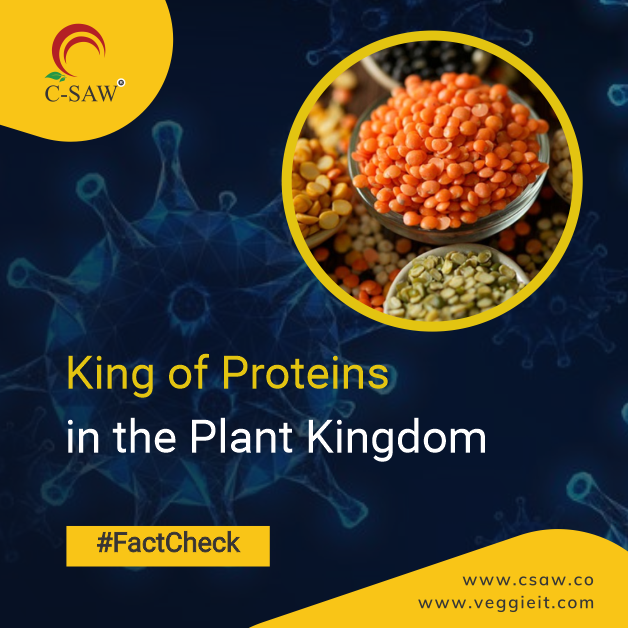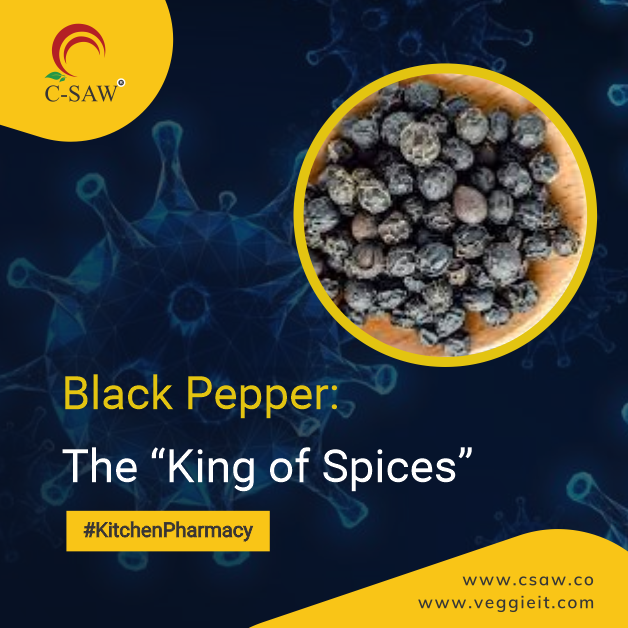Lentil Tuesday: Lentils - Protein and Other Minerals
Published: 12-Jun-2020 Category: We Are What We Eat

By Ashok Vasudevan
Lentils are simply the seeds of leguminous plants that are a good source of protein. As a thumb rule, they have almost 25% protein, though many have more. To know how many grams of protein you need per day, simply multiply your body weight (in kgs) by 0.8. Lentils also contain Thiamine and Fiber apart from a cornucopia of phytonutrients and rich quantities of minerals like Magnesium, Copper, Manganese, Zinc. Regular consumption of lentils helps against chronic ailments like Type 2 Diabetes and Heart disease, apart from significantly improved gut health and regularity.
Beat the Beans Bloat

If beans give you bloating & gas, some tips:
- Choose lighter beans like mung, black-eyed peas, adzuki, or split lentils.
- Discard water in soaked or canned beans and rinse thoroughly.
- Add beans to the daily diet gradually.
- Add plenty of ginger or fennel seeds to beans; they cut gas.
All-stars Superheroes - Beans, Legumes, and Lentil

Get some legumes at every meal - beans or lentils. These superheroes lower blood pressure, reduce tummy fat, improve regulation of blood sugar and cholesterol. In addition, they are packed with fiber, folate, and phytates, which may help reduce the risk of stroke, depression, and colon cancer.
The 2nd Meal Effect

Lentils have a miraculous phenomenon called the 2nd meal effect. They regulate sugar spikes way beyond normal digestion times, and often their benefits are felt into the next day. This was earlier thought to be due to the fiber in beans, which slows down the absorption of sugar into the blood. But research has now confirmed that this is the result of gut bacteria feeding on the fiber to produce Propionate, which delays the sugar spike. So it's not all about protein in lentils.
King of Proteins in the Plant Kingdom

The goodness of Lentils has been known to us for eons. They are mentioned in the Vedas, in the book of Genesis, and were known to ancient Egyptians, Romans and the Jews. Archeological digs prove they were eaten way back as 8000 BC. There are many different varieties and colors of lentils, including brown, yellow, black, orange, red, and green. These contain bioactive compounds like polyphenols that are known preventer of many degenerative diseases.
